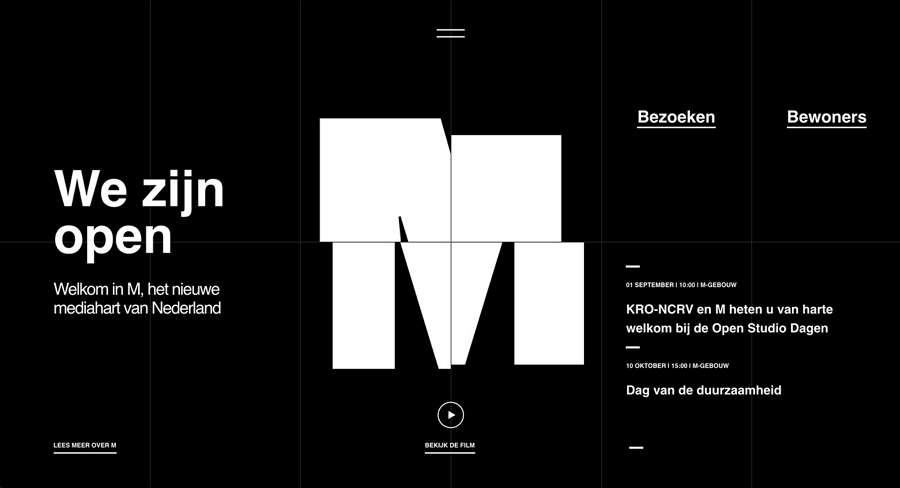Buzz Haven: Your Source for Trending Insights
Stay updated with the latest buzz in news, trends, and lifestyle.
Type Right: How Fonts Can Make or Break Your Website
Discover how the right fonts can transform your website's appeal! Uncover tips to elevate your design and engage your audience instantly.
The Psychology of Fonts: How Typefaces Influence User Perception
The choice of typefaces plays a crucial role in shaping user perception, influencing everything from the readability of content to the emotional response it elicits. Different fonts evoke distinct feelings; for instance, a serif font like Times New Roman can convey tradition and reliability, while a sans-serif font such as Arial may suggest modernity and minimalism. This psychological effect is rooted in our experiences and cultural associations with certain fonts. Therefore, selecting an appropriate typeface is not merely a design choice, but a strategic decision that can impact user engagement and trust.
Moreover, the way typefaces are employed in digital environments can significantly affect a brand's identity. A bold and playful font can communicate a sense of creativity and approachability, making it suitable for brands targeting younger demographics. In contrast, a clean and elegant typeface like Helvetica can instill professionalism, appealing to a more corporate audience. Ultimately, the psychology of fonts extends beyond aesthetics; it shapes how users perceive information, forms connections, and engages with the brand's message.

10 Font Mistakes That Could Be Hurting Your Website's Usability
When it comes to website design, font choice can significantly impact your site's usability. One common mistake is using overly ornate fonts that sacrifice readability for aesthetics. Visitors often abandon sites where they struggle to read the text. Ensure that your chosen fonts are simple and clear. Another critical error is the inconsistent use of fonts across different pages. Maintaining a uniform font style fosters a cohesive user experience, making it easier for visitors to navigate your content.
Moreover, neglecting font size and line spacing can also detract from your website's usability. If your text is too small, users may find it challenging to read, especially on mobile devices. It's essential to adhere to a minimum font size for body text, typically no smaller than 16 pixels, and to optimize line spacing for better readability. Additionally, failing to consider contrast can hurt usability—text should stand out against the background for optimal legibility. By avoiding these common font mistakes, you can significantly enhance your website's effectiveness and user satisfaction.
Choosing the Right Font: What Every Web Designer Needs to Know
When it comes to choosing the right font, web designers must understand that typography is more than just aesthetics; it plays a crucial role in user experience and brand identity. The choice of font can set the tone for the entire website, influencing how visitors perceive the brand and how easily they can read the content. For instance, sans-serif fonts like Arial and Helvetica are often preferred for digital displays due to their clean and modern appearance, while serif fonts such as Times New Roman can evoke a sense of tradition and reliability.
To ensure optimal readability and visual appeal, designers should consider the following factors when choosing the right font:
- Legibility: Ensure the font is easy to read at various sizes and on different devices.
- Contrast: The font color should stand out against the background for effective reading.
- Consistency: Limit the number of fonts used to maintain a cohesive design. Using two to three fonts is generally recommended for web design.